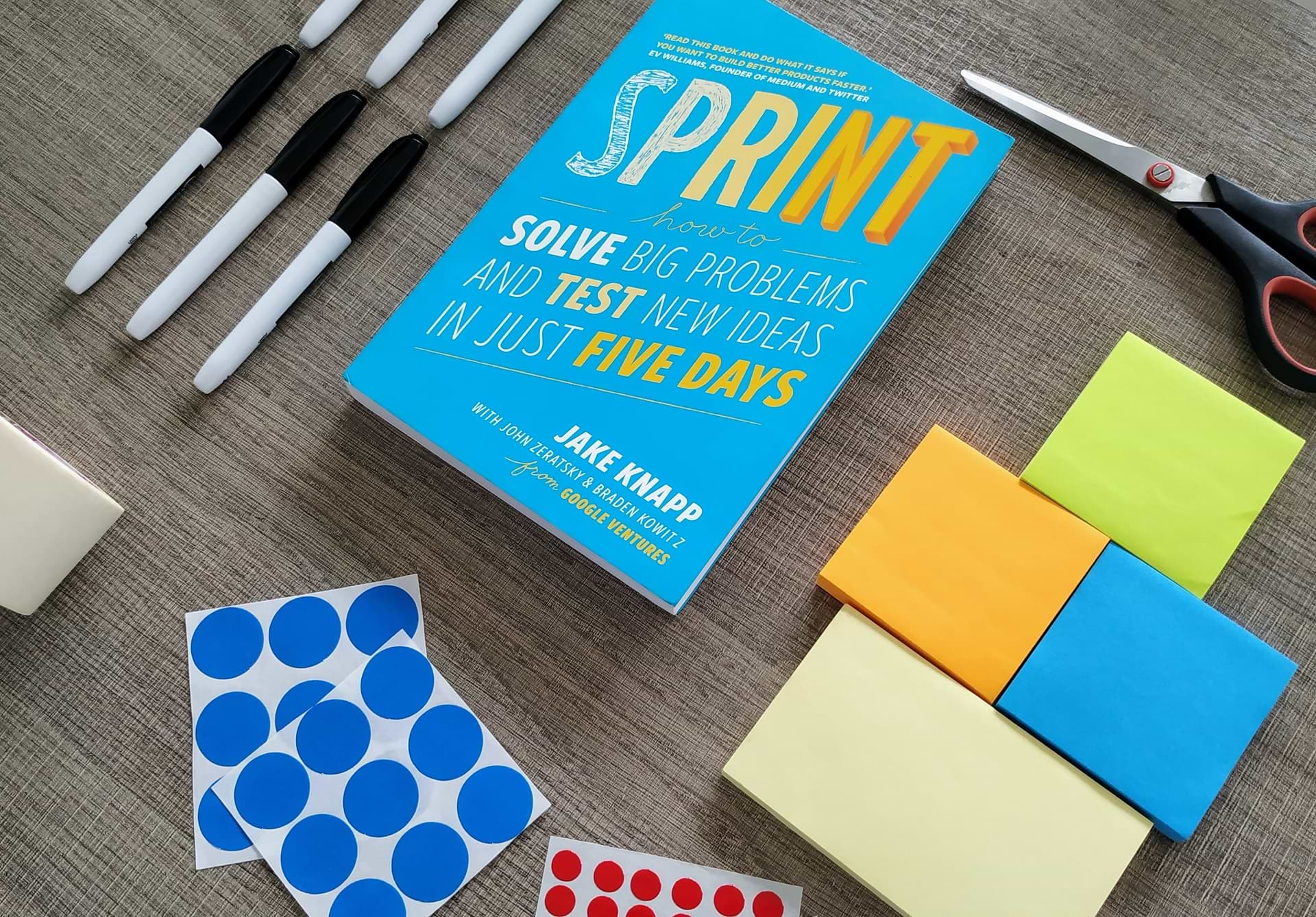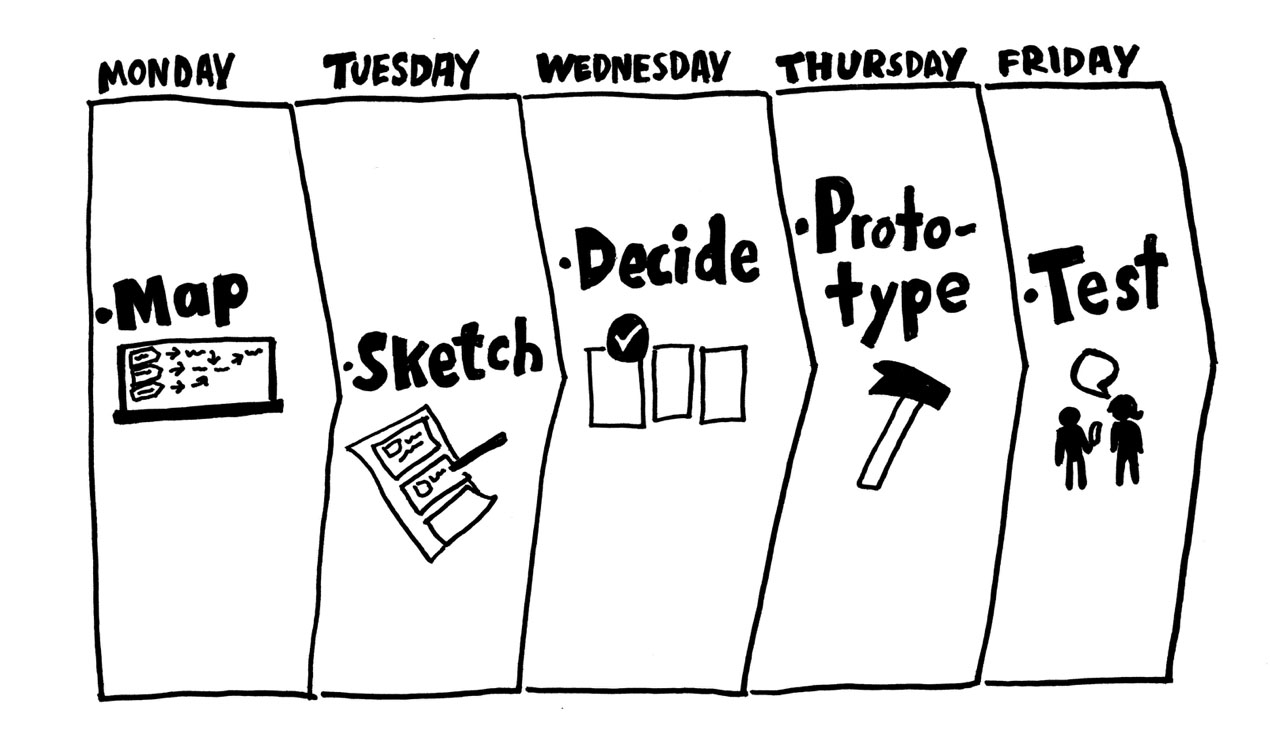Table Of Content

We recommend continuing to invest resources into research and immersion trips to help give your team the understanding they need to build the best products. They’re generally sufficient when designing for familiar contexts, but likely won’t convey enough nuance when designing for unfamiliar users and locations. To establish the deep, local knowledge required for confident design decisions, we recommend that sprint participants travel to conduct location-specific foundational research before the sprint.
Common problems with the design process
The one-day sprint might still make sense even for those complex problems, though. Sometimes it might be better to run five one-day long design sprints and iterate on the go than to have one fully-fledged design sprint without having time for any next steps and pivots. The prototype isn’t a fully functional product; the goal isn’t to roll out something that is production-ready, but just finished enough to test the concept. Feel free to use whatever tool you have at your disposal to get the prototype down.
Launch A career in UX Design with our top rated program
While good design traditionally demands time, care, and consideration, not every project has the luxury of extended timelines. The good news is there’s a method to fast-track creating impeccable design without sacrificing quality. The questions and tasks that you ask the user to perform during the interview should simulate a real world environment whilst the sprint team watches the recording in a separate room.
Changing Creative Lanes: Music Production to UX/UI Design

Design sprints follow a tight schedule that makes the most of the five days—allocating each a distinct purpose as part of a logical, structured process. Next up, polish the ideas refined during your sprint, as you work towards a buildable solution. UX designers take up a core role in a design sprint, like any other type of designer would. Regardless of the sprint’s results, you'll progress and gain insights into customer needs, audience perceptions, and potential challenges. A design sprint is all about creativity, so you want your meeting space to reflect that from the moment participants walk in. That might mean moving furniture or taking over whiteboard walls.

Former Google Ventures design partner Jake Knapp devised the design sprint process for Google in 2010. He drew inspiration from areas such as Google's product development culture and IDEO’s design thinking workshops. In design sprints, teams work on problems and goals differently than they do when confined to their departments in the traditional waterfall process.
Book an ideal spot
By engaging all critical stakeholders and focusing fully on solving a particular problem, we can often achieve more within a week than we would do with a month of “business as usual” approach. If your business changes course, you’ll need a website rebranding to stay relevant. Here’s how to approach the process to better engage with your customers.
In five days, the Design Sprint will help you to:
Co-designing offers numerous benefits, including increased knowledge and empathy with potential users, more confident decision making, and immediate validation of concepts. Overall, when product teams and users create something together, both parties are more invested in the outcome. Former GV design partner Jake Knapp began running design sprints at Google in 2010. He worked with teams like Chrome, Google Search and Google X. In 2012, Jake brought sprints to GV, and the rest of the team chipped in their expertise to perfect the process.
If you want to make the most of the Design Sprint methodology, pay close attention to what comes next. We’ve put together some strategies and tips you can implement that will make a real difference when testing your idea. To help with organization, the Sprint Master puts together a playbook that includes a schedule and the methods that will be used in the Design Sprint. A Sprint Playbook is a part of the Design Sprint template in the visual workspace.
The main goal is not to waste time on long and unproductive meetings and discussions that don’t lead to tangible progress. Instead, the sprint focuses all the team's efforts on a single aspect to succeed. You can achieve it with agility and avoid unnecessary bureaucracy. This agenda is just an example, and the actual agenda will depend on what you already have. For instance, if the problem is already well-defined, you can spend just fifteen minutes to recap it briefly. To make a one-day design sprint a reality, we often resort to unmoderated, asynchronous tests with users — this is why I accommodated only forty-five minutes for that.
Checklist for AI product managers to get the most from the design sprints - Towards Data Science
Checklist for AI product managers to get the most from the design sprints.
Posted: Tue, 26 Jan 2021 08:00:00 GMT [source]
Two of the major issues were how long it took to gather data from the customer and a lack of connection to the team. Meanwhile, the prototyping designer will begin turning the wireframe into an interactive prototype with the rest of the team’s input and direction. It’s up to the designer which tool should be used, and also depends on the tool used to create the wireframe. Assign at least one team member (preferably the marketer or customer support representative) to write a script for the customer interview. This person will create a list of questions in a Google Sheet to ask the user tester as they review our prototype. Most innovations are made by remixing old ideas, so try to explore already-existing solutions to similar problems.
Once we check every item off this list, we’re all set to start our design sprint on Monday. It’s worth noting that due to the natural time constraints of design sprints, everyone on the team should understand the design sprint process beforehand. A design sprint is an intense, structured, five-day process where product and development teams work together to solve design problems and answer critical business questions. Ten years ago, the phrase “design sprint” didn’t exist in the Google lexicon. But there was no singular approach to launching projects in a way that made them stick.
Ideally, no devices, like smartphones and tablets, should be in the room, but you will want to make sure you have plenty of writing materials and places to take notes, like whiteboards. Your prototype may fail completely, which means you'll likely have to start a new design sprint. You may find that your prototype is a work in progress, and you're on the right path, but it needs some tweaking.
It should also provide the sprint team with background for the project and any user research that’s already available. You don’t want the team to waste any time looking for answers you already have, so be sure to include all relevant details in the sprint brief. The design sprint methodology was developed at Google out of a need to build UX culture and design leadership across the organization. The core methodology is inspired by thinking and processes from traditional UX practice, IDEO, the Stanford dSchool, business strategy, and psychology.
Reverse-engineering is the process of deconstructing the problem in order to understand its root cause, (and in turn, the solution). The cycle repeats—based on the insights collected, you refine and improve your solution until it resonates with your users and achieves your business objectives. Each team member sketches solutions individually—no group brainstorming here.

No comments:
Post a Comment